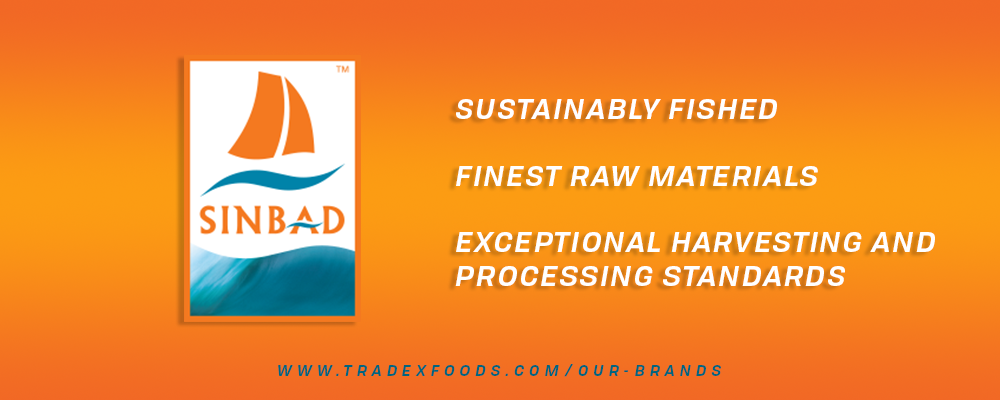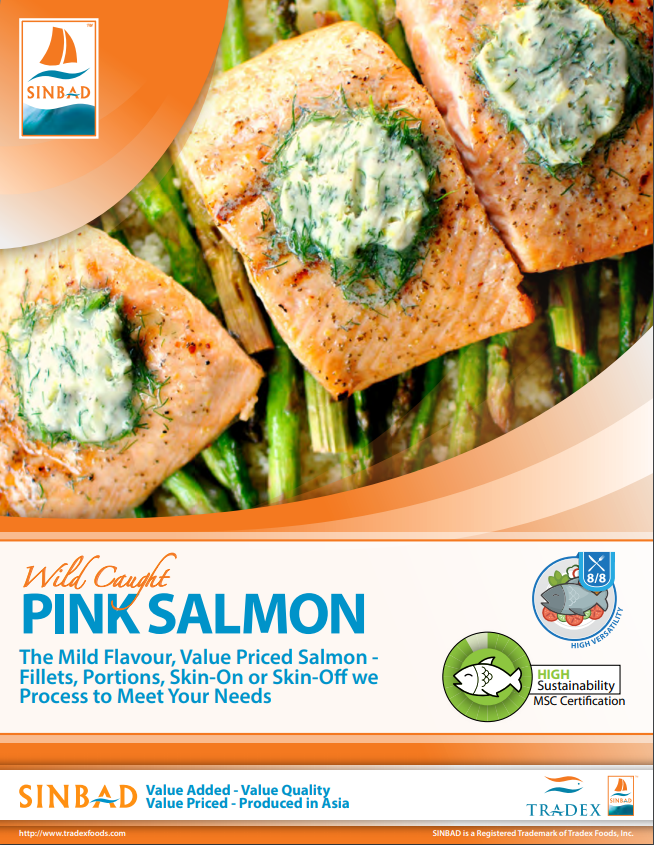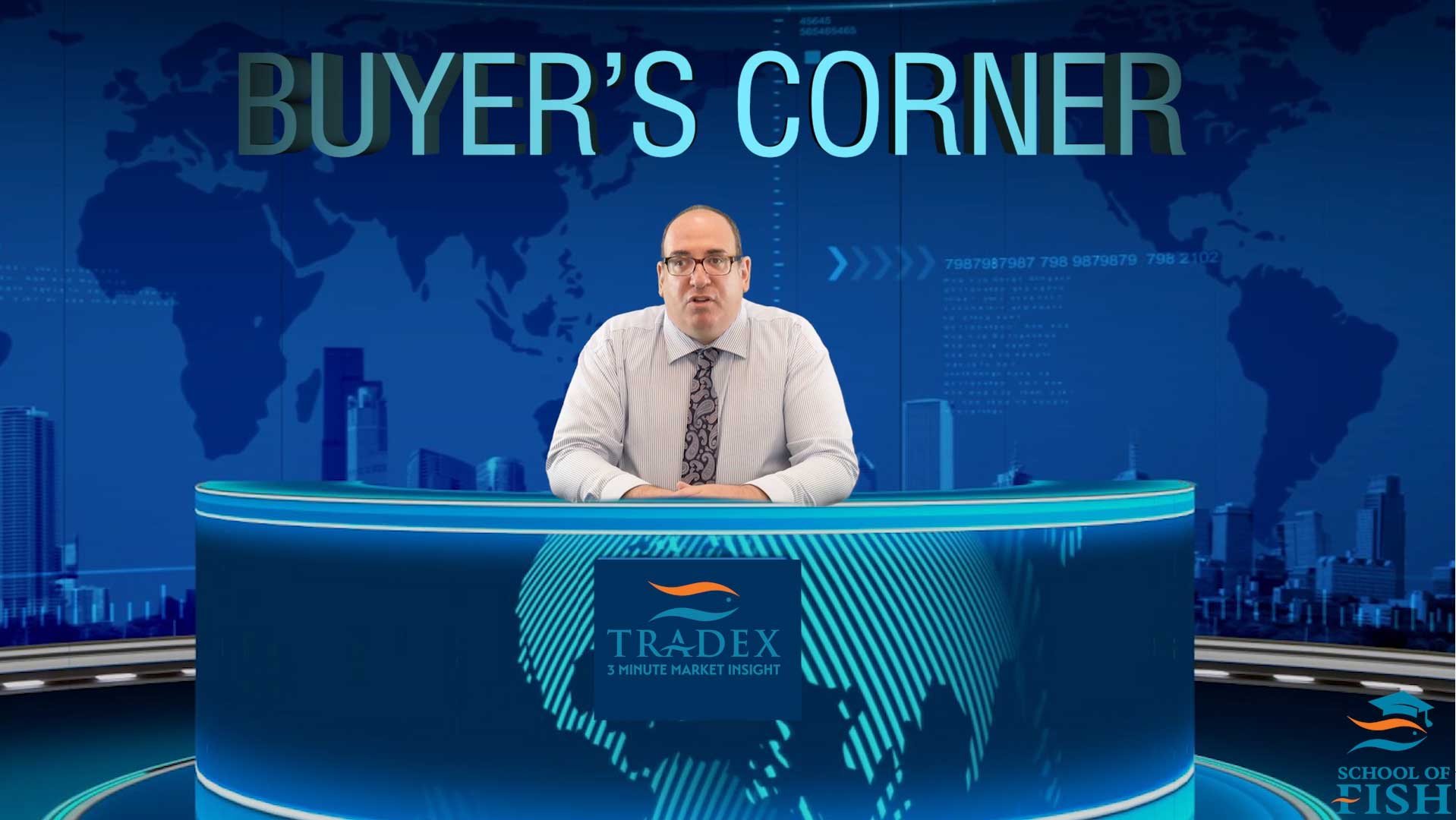
Loading
EP 465 | AIRED 11/25/2019
What Happened To The Pangasius Market? How To Buy Pangasius
November 25th, 2019 --- An oversupply and slower sales have caused the price of Vietnamese Pangasius to plummet from it's high in 2018 in what vendors are hoping is now the bottom.
Throughout 2018, Pangasius producers enjoyed high profits and high demand when prices made it's bull run from USD $2.00/lb in January to $3.00/lb in May where prices flattened for the year on your standard 3-5oz frozen fillets in the US.
Then in January 2019, prices started falling transitioning into a bear market where prices fell about 40 percent to where we are currently now at $1.93/lb for 3-5oz frozen fillets.
This begs the question - What Happened To The Pangasius Market?
--- The main cause for prices to skyrocket throughout 2018 was because of supply issues in Vietnam and high demand for Pangasius from global markets.
According to the Vietnam Association of Seafood Exporters and Producers poor weather conditions and disease caused fish seeding issues - sending raw materials pricing to increase as well due to a scarce supply of fingerlings.
Supply issues coupled with high demand in October 2018 resulted in many delayed and cancelled orders.
Also at this time, consumption of Pangasius in the United States increased about 40 percent due to a reduction in anti-dumping duties on Vietnamese Pangasius, while demand also recovered in the EU market.
According to Vietnam's Ministry of Agriculture and Rural Development, total Pangasius exports reached US$2.26 billion in 2018.
The positive performance of Vietnam’s Pangasius export in 2018 was driven by good demand across multiple global markets - with the most significant growth seen in China.
--- Fast forward to 2019 and prices of Pangasisus fish have dropped to some of the lowest level in 10 years.
Export difficulties, more stringent technical requirements in China, and higher tariffs on exports to the US have led to lower Pangasius fish exports and higher inventories according to the Chairman of the Vietnam Pangasius Association.
By September 2019, the total export value of Pangasius reached US$1.46 billion, down 8.5 percent over the same period in 2018.
Within this same time frame, the total export value to the US market reached US$208.3 million, down 43.6 percent compared to the same period in 2018.
USA is currently the second largest importer of Vietnam Pangasius in terms of export value to Vietnam.
As for the EU market, the total export value reached US$189.3 million which is an increase of 7.3 percent compared to the same period in 2018.
Moving onto the key market for Vietnamese enterprises, the export value to China/Hong Kong accounted for 30.9 percent of the total pangasius export value, reaching US$450.7 million, up 19.6 percent compared to the same period in 2018.
--- Our Recommendation is to seek out high quality September to November 2019 production Pangasius now that raw materials prices have come down.
--- Despite all the success into the China market, Vietnamese producers are (at the same time) mindful of increasing competition from China as they increase their own Pangasius production efforts.
Although China remains some distance behind in terms of production capacity and quality, they will surely reach higher levels as they advance their aquaculture capabilities.
As a last note on this, it should be recognized that Vietnam’s dominance is not only due to volume, but is also a consequence of its efficient and technologically advanced industry with a focus on quality.
Meaning it will likely be some years before Chinese Pangasius producers can compete directly even in the Chinese domestic market.
--- Now onto a segment we are calling Buyer's Corner where our Pangasius Specialist Nathan Brown will teach you How to Buy Pangasius.
[Buyer's Corner with Nathan Brown]
Just to add to Our Recommendation a little bit more. Do not get fooled with the low priced, year old or almost year old product out there. This is old stock brought down in price to be blown out as it is old and almost stale dated in a falling market. As the raw material costs have gone down, you should be able to buy high quality Sept/Oct/Nov 2019 production at low low prices. Why buy year old or older product when brand new product is available? The idea is to grow your sales and sales of Pangasius, old product does not grow the market. Now let's move onto How To Buy Pangasius.
--- Don’t be fooled by low quality Pangasius:
As with all fish, not all are processed equally, which causes a variance in pricing, and most likely the chances of reorders and building your category.
When purchasing pangasius it is important to make sure what you are buying is 100 percent net weight. Always ask this question.
Why pay for only 80 percent when you can buy 100 percent?
Also make sure that your 7-9oz fillet is 7-9oz deglazed, not 5-7oz deglazed, but 7-9oz with glaze on it.
As well, pangasius should be well trimmed and contain white meat only.
Don’t be fooled with trim and red meat.
One of the most important factors is the STPP soak.
STPP is a preservative, but also adds moisture to the fish, essentially you are paying to dilute the fish with a salt water phosphate mixture.
This can add upto 50 percent weight to the fish !!!
It will also deteriorate the quality of the fish, taste, after cooking appearance, etc.
Some processors soak in bins or tumblers, other’s actually inject with needles!
Ask the right questions when buying pangasius:
When was it produced?
Is it 100 percent NW?
What is the Glaze percentage?
Is it well trimmed?
Is it white meat only?
What is the moisture content?
What is the percentage of pick up during STPP treatment?
Ask your vendor for pictures of the fish.
If you are buying a significant quantity, ask your vendor for a copy of their independent inspection report during production.
All the questions above do not even scratch the surface as to the quality of the plant processing the product.
Is it HACCP? BRC? SQF?
What lab tests are conducted? Are moisture tests conducted? Who inspected the fish?
--- At Tradex Foods, we have our own QC Inspectors inspect raw material, processing, final inspection and loading of our production in Asia.
We also audit all the plants we process at to make sure the highest standards are maintained (and not just on paper). This is our 7 step process in action.
Feel free to contact us for any questions you have about pangasius or any other fish and we would be happy to provide answers for you, regardless if you are going to purchase from us or not.
We want to educate buyers how to buy quality fish to grow their business.
If you have a topic you'd like to hear on upcoming 3-Minute Market Insights, tweet us on Twitter @TradexFoods





